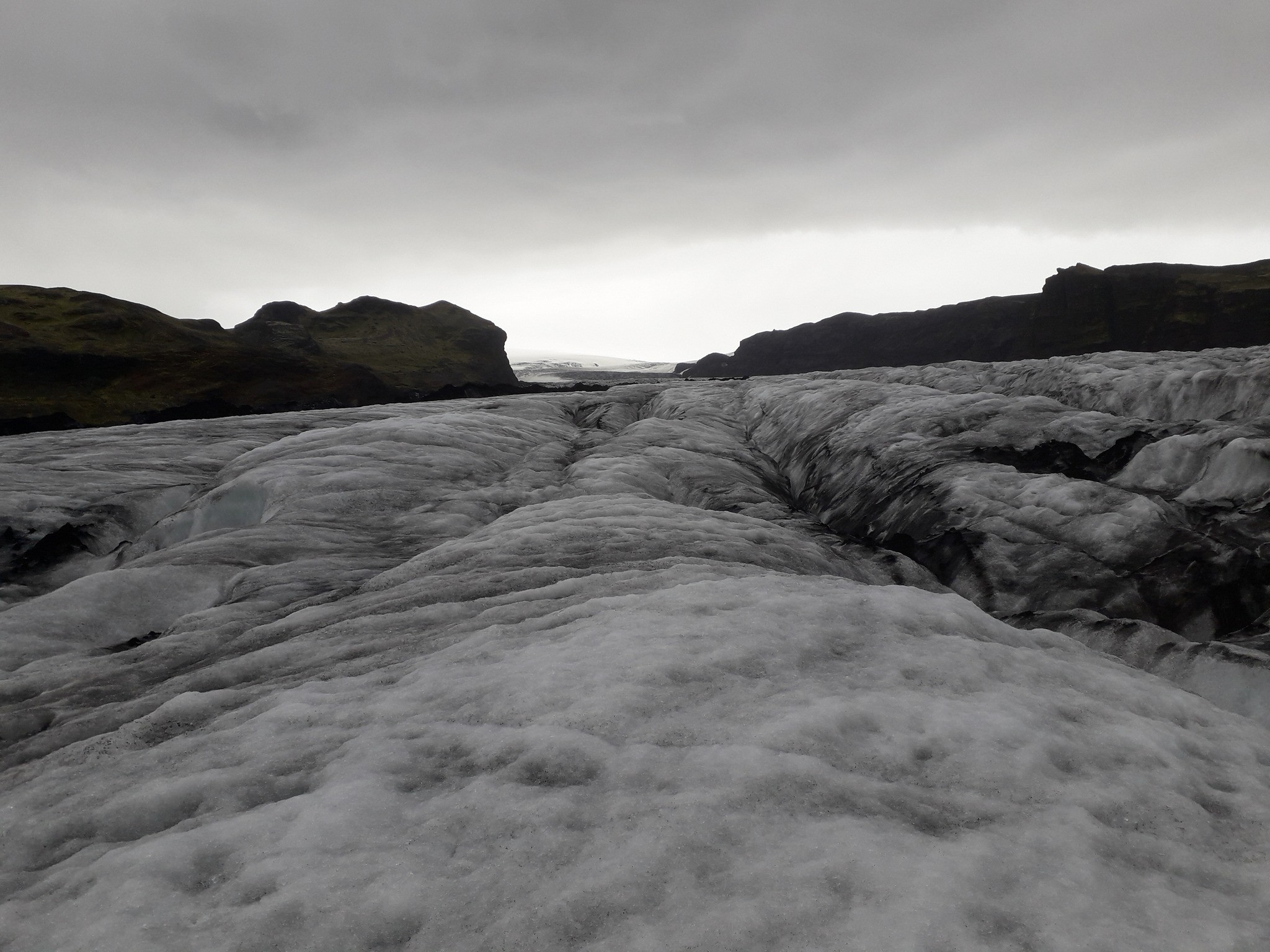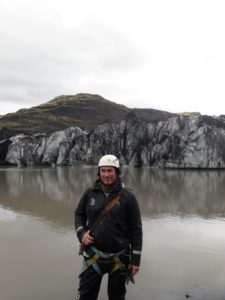
On this Earth Day – the annual initiative instigated in the USA in 1970 and now a global awareness-raising platform for a plethora of environmentally-themed events and campaigns – I put the finishing touches to my yearly contribution, Writing the Earth – a programme of events using the creative arts to explore ecological issues. This has been running since 2021, but such concerns have been at the heart of my practice, as a writer, lecturer, performer, and publisher, since the 90s. I believe the arts have a vital role to play in not only raising awareness, but also consciousness about environmental issues – cultivating an ecolinguistic ‘eco-fluency’ that reminds us that we are part of nature, not apart from it; that we are Harawayan ‘creative assemblages’ and hosts of bio-communities, fluid, borderless beings containing multitudes; and that our words, actions, and deeds – our embodied beingness on this planet – matter.
And also acknowledging that ‘survival is insufficient’ (as the transapocalyptic travelling players reminds us in Emily St John Mandel’s Station Eleven) and that creativity and play are inherently beneficial to our wellbeing, as well as being excellent at encouraging neuro-plasticity, creative solutions, articulations of alterity and the manifesting of different modalities, when I was invited to contribute an incursion to Rooted in Crisis, I leapt at the chance. Through my doctoral research I developed an interest in ergodic narratives, which led to my transmedia novel, The Knowing: a Fantasy, and an interactive novel, Hyperion for a West Coast games platform, Tales Writer. During the same period (2014-2020) I also penned a science fiction novel, Black Box, which won a national SF novel competition and was adapted into an audio drama by Alternative Stories and Fake Realities. The latter is relevant as it was my first foray onto the ice, albeit in deep space.
 In 2022 I achieved a long-held dream of visiting Iceland. One of the highlights was a trek up the Sólheimajökulll glacier. Seeing how much the glacier had retreated within a decade, leaving behind a substantial lagoon, had a profound impact upon me. It is one thing knowing about the effects of Climate Change, but it is another to experience it firsthand – the visceral kick in the guts I felt stayed with me. Drinking from a glacial stream and teetering on the end of a rope anchored over a vertiginous moulin were moments I will never forget. Other experiences on my two visits to Iceland that year also fed into the embodied resource bank of my imagination: exploring the folkloric sites of Iceland’s ‘elf town’, Hafnarfjörður; visiting the temple-in-progress of the Asatru on the outskirts of Reykjavík; the awe-inspiring natural wonders of Thingvellir National Park, and the Jökulsárlón glacial lagoon; as well as insightful conversations with Professor of Folkloristics, Terry Gunnell at the University of Iceland; tour-guide and master raconteur Svanur Gisli Thorkelsson; the Head Priest and Priestess of the Asatru; and Sjón, author and screenwriter, who generously offered their time.
In 2022 I achieved a long-held dream of visiting Iceland. One of the highlights was a trek up the Sólheimajökulll glacier. Seeing how much the glacier had retreated within a decade, leaving behind a substantial lagoon, had a profound impact upon me. It is one thing knowing about the effects of Climate Change, but it is another to experience it firsthand – the visceral kick in the guts I felt stayed with me. Drinking from a glacial stream and teetering on the end of a rope anchored over a vertiginous moulin were moments I will never forget. Other experiences on my two visits to Iceland that year also fed into the embodied resource bank of my imagination: exploring the folkloric sites of Iceland’s ‘elf town’, Hafnarfjörður; visiting the temple-in-progress of the Asatru on the outskirts of Reykjavík; the awe-inspiring natural wonders of Thingvellir National Park, and the Jökulsárlón glacial lagoon; as well as insightful conversations with Professor of Folkloristics, Terry Gunnell at the University of Iceland; tour-guide and master raconteur Svanur Gisli Thorkelsson; the Head Priest and Priestess of the Asatru; and Sjón, author and screenwriter, who generously offered their time.
The experience of exploring a country that felt epic, mythic and thoroughly modern, I wanted to capture in Shadows in the Ice – that sense of co-existent paradigms and negotiated realities. Icelanders are, on the whole, supremely practical, stoic, good-humoured and down-to-earth, and yet at the same time many of them believe in some kind of supernatural reality. As Gunnell’s extensive field research in the 1970s and more recently has demonstrated, this isn’t simply a ‘belief in elves’, as popularised and lampooned in the media, but could involve a more nuanced, complex belief in some supernatural beings – e.g., ghosts, poltergeists, gnomes, trolls, giants, elves, and Huldufólk – but necessarily all. It depends upon personal experiences, family anecdotes, and beliefs. This fascinated me, and I wanted to celebrate Iceland’s remarkably rich supernatural ecology, alongside the stark evidence of Climate Change affecting it, and many other countries around the world. The two are not as mutually exclusive as they seem. Spirituality is rarely discussed in ‘rational’ discussions on the Climate Crisis, and yet the acknowledgement of, and inclusion of such a supra-natural dimension may be a critical element often lacking in the raft of solutions required. Very broadly, indigenous peoples have demonstrated an ability to live ‘sustainably’ within their environment for centuries, and in some cases, millennia. Certainly, the more-than-human is given respect, agency, and voice in oral culture, taboos, rites, and beliefs. Anthropology has long studied this, with various degrees of ethicality and accuracy. Scholarship in Neo-animism is bringing this fully into the academic mainstream, while as research into biosemiotics is at the cutting edge of the new organic sciences. Meanwhile, there are increasing initiatives within the legal sphere to enshrine ‘personhood’ on elements of our natural environment such as rivers to protect them, while the late lawyer Polly Higgins campaigned for ecocide to be enshrined into international law. The idea that the glacier is, in some way, alive intrigued me.
All of this became the ‘mulch’ for my ecogame, in which players will get a chance to explore the rich glacial and volcanic riches of Iceland alongside its complex palimpsest of beliefs, stakeholders, and narratives. The idea is not to provide concrete certainties or clear-cut critical positions about any of this – but through the organically branching pathways of a multiplayer game, explore the many possibilities in an exciting, immersive way, one that will have a lingering ‘muscle memory’ and catalysing effect.
